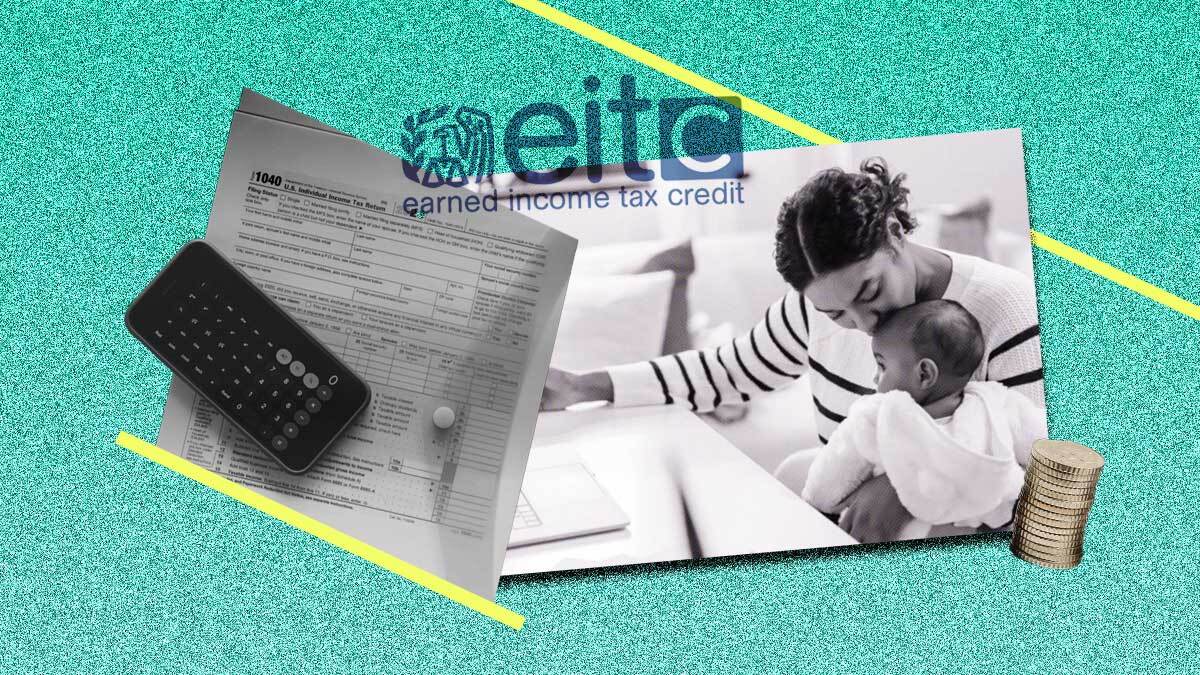One Simple Trick to Lift Women Workers Out of Poverty

Women make up two-thirds of low-wage workers, including as child care workers, home health aides, restaurant servers, hair stylists, and more. These are essential workers, and they aren’t paid enough. But worse, for women workers without kids at home, the tax credit designed to help them is often too low to offset their taxes.
This means that many of them are pushed into—or deeper into—poverty.
Fortunately, we know how to fix this. Currently, the Earned Income Tax Credit (EITC)—which is targeted to workers with low and moderate incomes—is very small for most workers without children at home and doesn’t provide any benefit to young childless workers (24 or younger) or older childless workers (65 and above). This is partially why people paid the federal minimum wage who do not have kids at home may be pushed below—or further below—the poverty line by the income and payroll taxes they need to pay.
But this all changed in 2021: the American Rescue Plan Act helped prevent many of these workers from being taxed into poverty by expanding the EITC for childless workers. In 2021, childless workers could receive an EITC of up to $1,502 (triple the previous maximum amount) and childless workers 19-24 and 65 and above could receive the EITC for the first time.
The EITC helped lift many women with low incomes out of poverty in 2021. And the expansion especially helped young workers of color: about 40 percent of all young Black and Latinx adults (ages 19–24) became newly eligible for the EITC. This expansion was critical for many young women of color who continue to face a high unemployment rate: In May 2023, the unemployment rate for Black women ages 20–24 was over 9 percent.
Unfortunately, the EITC expansion expired at the end of 2021, and this tax season many women workers will once again receive little to no EITC—and face possibly being taxed into poverty.
This includes a wide range of women workers doing essential work: Working mothers whose children aren’t living at home. Women workers who are caring for elderly or disabled relatives. Young women workers who are supporting themselves for the first time. Older women who are approaching retirement.
These women and more are largely shut out of a benefit designed to help low-income workers like themselves. The EITC overall has always especially benefited women and women of color, because women are more likely to work in low-paid jobs. Research shows that the EITC reduces gender and racial wage gaps, supports working women, and improves women’s health.
And so, this EITC Awareness Day, while we seek to ensure that people know about—and claim—important tax benefits like the EITC this tax season. The EITC must be improved to better help all women workers who are paid low wages and do the critical work to keep our economy running.





